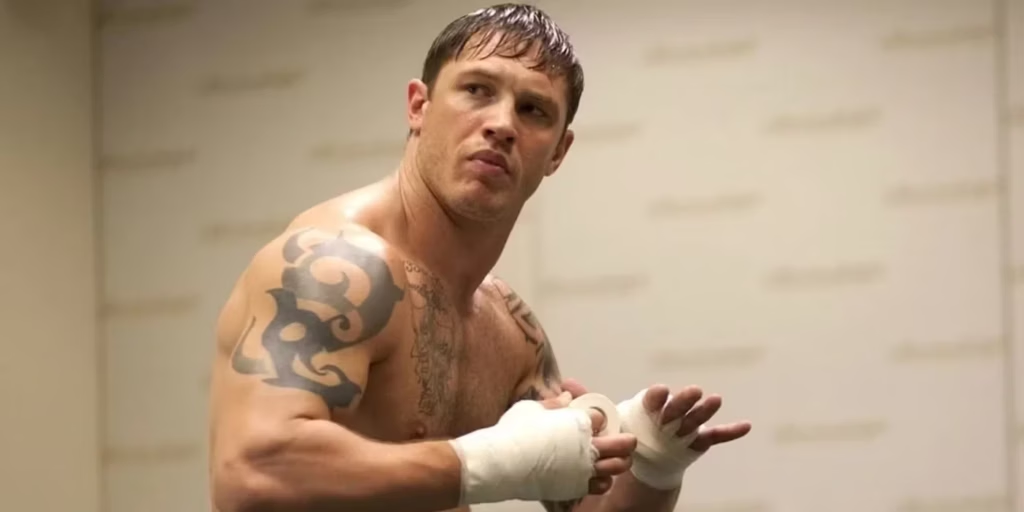DANA WHITE’S LATEST brain child; Power Slap – a slap fighting championship which sees contenders stand opposite each other and take a swing to see who can inflict the most damage, has caused a stir, especially amongst medical professionals. Researchers have analysed videos of the popular new sport to gauge just how much brain damage can occur from participating and the results have caused concern.
What is slap fighting?
For the uninitiated, slap fighting includes contenders standing face to face, in some rules, a coin toss determines who will deliver the first slap, the striker is then given a certain amount of time to deliver as many heavy slaps as they want. There can be three rounds and bouts may go to decision by judges if no one is knocked out in that time.
View this post on Instagram
In a Power Slap fight, there tends to be 10 rounds in a match with one slap each per round and opponents are scored on how much damage they inflict. If the defender doesn’t recover from the slap within one minute, they lose. Contenders will lose points for flinching or ducking. Rules stipulate that the striker must have both feet on the ground when they deliver the slap with the heel of their hand at the same time as the fingers.
Viewing is not for the faint of heart, but the brutal sport has lead to viral clips on social media showing contenders suffering heavy blows, causing medical experts to raise concerns and study video footage to determine the risks.
The slap fighting study
The study published in Jama Surgery aimed to identify signs of concussion among slap fighters by performing a video analysis. It is the first academic study to provide an assessment of the possible dangers associated with slap fighting and could lead the way to opening conversations on better regulations in the sport to protect contenders safety and wellbeing.
Trained reviewers took part in the study, watching 333 slap fighting competitions and noted visible signs of concussions and how often they occurred. These ranged from a diminished awareness of the environment to a complete loss of responsiveness.
The analysis found that:
- More than 50% of the slap sequences resulted in contenders showing signs of concussion.
- Nearly 40% of sequences resulted in signs of poor motor coordination.
- About a third of the slaps resulted in contenders having a blank and vacant look
- About a quarter of the slaps showed contenders were slow to get up after being slapped to the floor.
- Nearly 80% of the contenders showed visible signs of concussion at least once in their matches.
According to lead author Raj Swaroop Lavadi at the University of Pittsburg, ‘Slap fighting may be entertaining to watch as a lay viewer, but as medical professionals, we found some aspects of the competitions to be quite concerning. Our end goal is to make all professional sports safer for the neurologic health of the athletes. It is really difficult to ban any sport, but it is possible to raise awareness about the associated harms. We were intrigued with the prospect of applying video analysis to identify signs of concussion in a competition that hasn’t previously been studied.’
Echoing his sentiments of concern due to the results, senior author Nitin Agarwal, MD shared: ‘Clinically, concussion can show up in different ways, but each can result in short or long-term disability and socioeconomic distress. As a physician who has a background in martial arts and is passionate about combat sports, I remain concerned regarding the frequency of overt signs of concussion among slap fighters.’
These results may not be surprising to viewers of the sport, who have long known that the fighting comes with its risks, however the study could pave the way for tighter regulations and help inform participants in order to improve safety measures.
This article originally appeared on Men’s Health UK.
Related:
Neurologists Are Concerned About Dana White’s Power Slap League
The AFL has been asked to implement safety measures to mitigate risk of concussion















